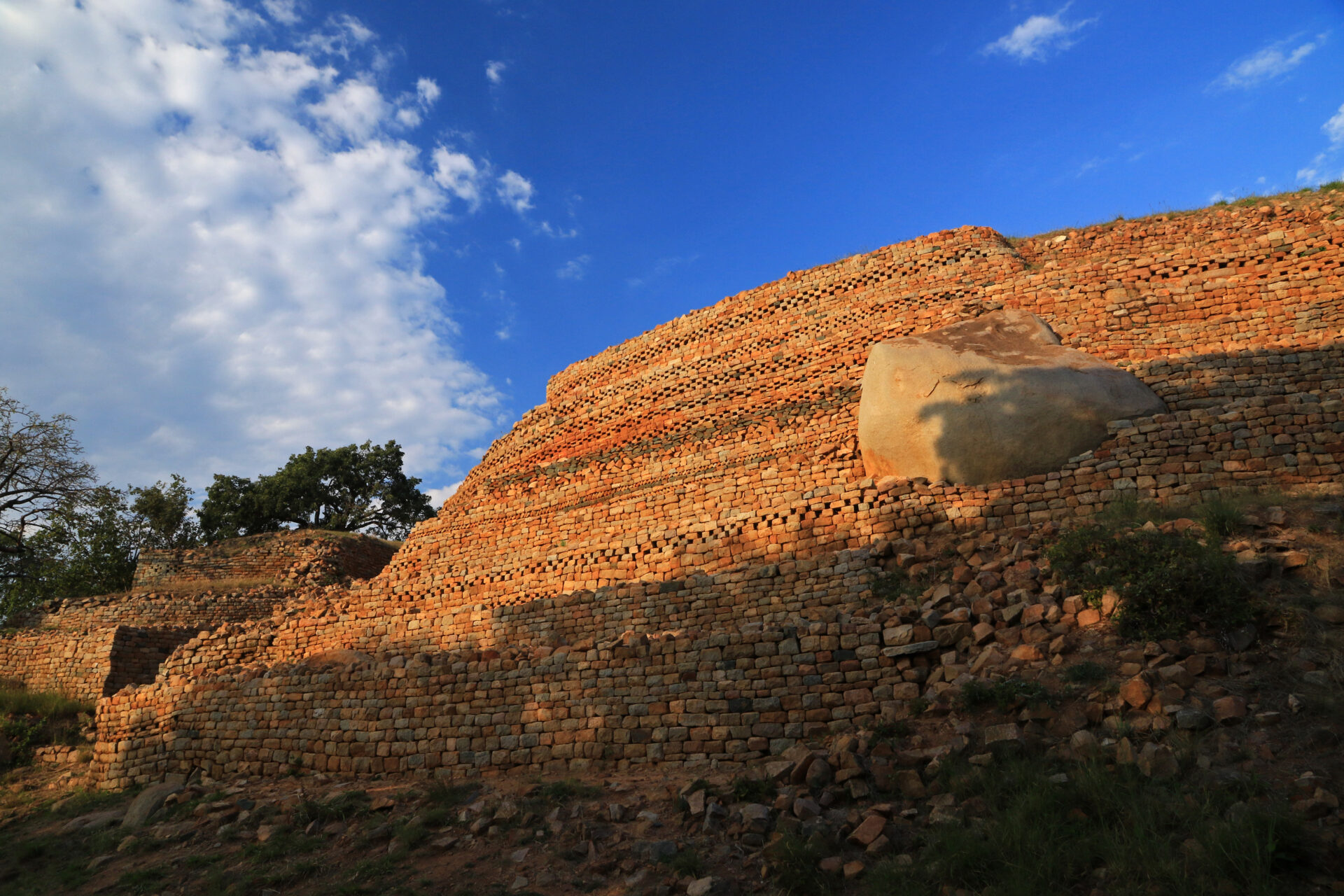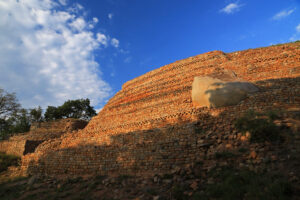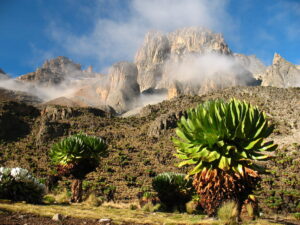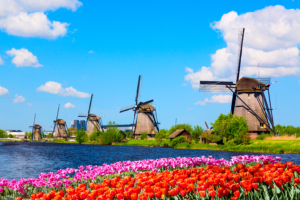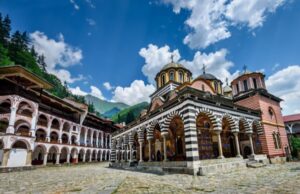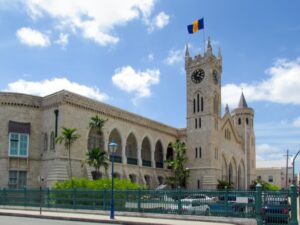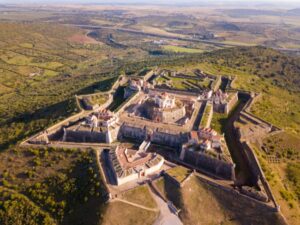| Registration Classification | 文化遺産 |
| Registration Criteria | (3), (4) |
| Year of registration | 1986年 |
The Khami Ruins are a group of stone ruins located in the western part of the Zimbabwe Plateau, a city that flourished as the base of the Torwa dynasty after the Great Zimbabwean Kingdom, which flourished from the 13th to 14th centuries, was abandoned in the mid-15th century.European and Chinese ceramics have been found among the excavated artifacts, indicating that Khami was a trading center at that time.
Here, a World Heritage enthusiast explains in an easy-to-understand manner why the Khami Ruins National Monument are a World Heritage Site. Read this and you will definitely learn more about the Khami Ruins!
What is the Khami Ruins National Monument?
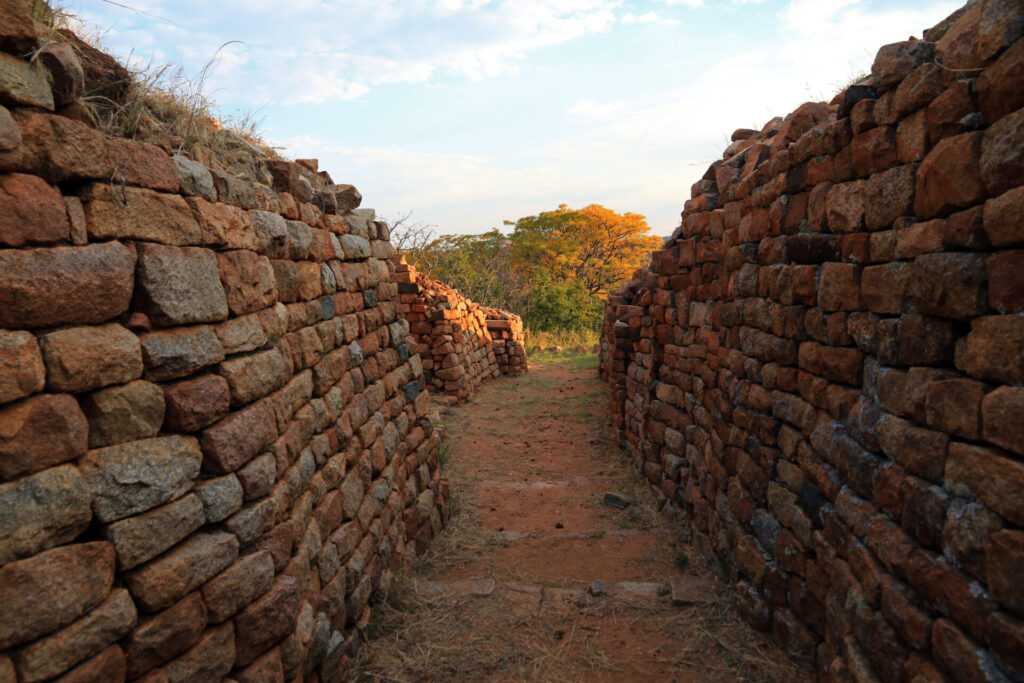
The Khami ruins are located 22 km from the city of Bulawayo in southwestern Zimbabwe. So vast that it is 2 km from the remains of the passage to the north side of the ruins, Khami is the second largest group of stone structures in Zimbabwe.This site was the capital of the Torwa dynasty, which flourished from the 15th to 17th century, after the collapse of the Kingdom of Great Zimbabwe, when the Rozvi people moved in.The Portuguese arrived from Europe during this period and began to interact with the local people; the site was abandoned after the Ndebele conquered Khami in the 19th century.
Many of the stone structures at the site are inherited from the technology of the Kingdom of Great Zimbabwe.The culture and building techniques of the Kingdom of Great Zimbabwe can be seen in Kami, but it is believed that these are more developed. The chief’s house was called “Mambo” and was located on a hill to the north of the site. The town was surrounded by an outer wall, made of granite stacked in a rectangular shape. People lived within the outer walls, and houses were built, creating a maze-like structure.
The ruins also provide evidence of trade with Europe, North Africa, and China. For example, celadon and white porcelain from China and ceramics from Portugal, Spain, and Germany were excavated. In addition, a granite cross remains, which is believed to have been introduced to the area by Portuguese missionaries.
For what reason is the Khami Ruins National Monument registered as a World Heritage Site?
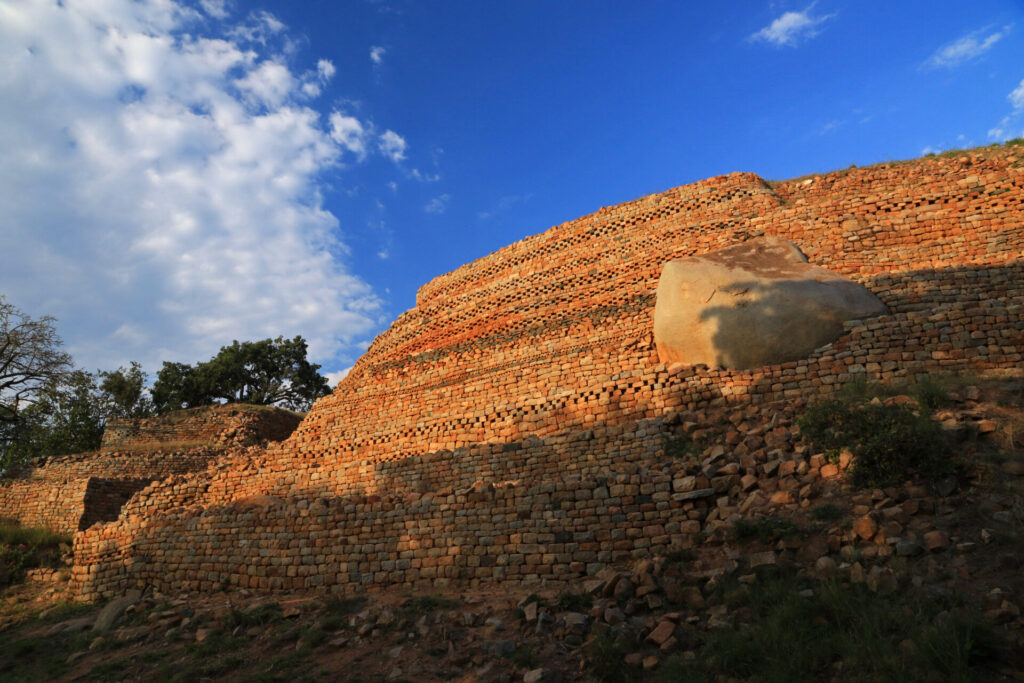


Kami Ruins was recognized for the following
Registration Criteria (iii)
The point is that the Kami site itself is evidence that connects the history of Zimbabwe from the Stone Age to the Iron Age.
Registration Criteria (iv)
That the architecture of the site attests to human evolution and adaptation to the environment, and that the city developed through trade with other countries.
World Heritage Mania Conclusions and Comments
The Kami site is an archaeological site that preserves evidence that the center of the country shifted from the Kingdom of Great Zimbabwe to the Toruwa nation, and that the culture developed more as the country continued to trade with Europe and China.
However, unlike Great Zimbabwe, it is not very temple-like, so it may not have a mystical image. It is more of an “unexplored” site like Machu Picchu.
*The content here is a study derived from research by World Heritage enthusiasts.As for the data, interpretation differs depending on the media.
